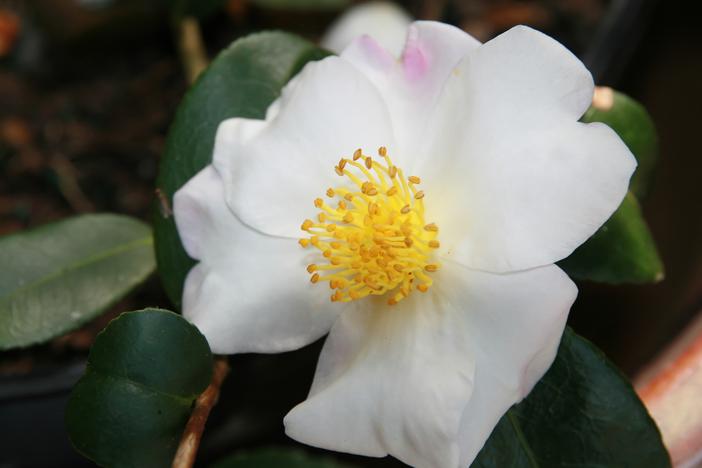Oil-Seed Camellia
(Camellia oleifera)
Oil-Seed Camellia (Camellia oleifera)
/
/

David J. Stang
CC BY-SA 4.0





































Estimated Native Range
Summary
Oil-Seed Camellia is valued for its fragrant, showy flowers and its utility in producing tea seed oil from its seeds, which is used in cooking and cosmetics. It is a popular choice for ornamental plantings, hedges, and as a specimen plant in residential gardens. This species thrives in full sun to part shade and requires medium amounts of water, preferring well-drained, acidic soils rich in organic matter. While it is generally easy to maintain, it can be susceptible to camellia petal blight and scale insects. Gardeners should be aware of these potential issues and monitor for signs of disease or pests.CC BY-SA 4.0
Plant Description
- Plant Type: Shrub, Tree
- Height: 10-20 feet
- Width: 10-20 feet
- Growth Rate: Slow
- Flower Color: White
- Flowering Season: Fall, Winter
- Leaf Retention: Evergreen
Growth Requirements
- Sun: Part Shade
- Water: Medium
- Drainage: Medium, Slow
Common Uses
Bee Garden, Bird Garden, Border Plant, Butterfly Garden, Deer Resistant, Drought Tolerant, Edible*Disclaimer: Easyscape's listed plant edibility is for informational use. Always verify the safety and proper identification of any plant before consumption., Fragrant, Hedges, Hummingbird Garden, Low Maintenance, Potted Plant, Salt Tolerant, Showy Flowers, Street Planting
Natural Habitat
Native to the forested mountain slopes and woodland margins of China
Other Names
Common Names: Tea-Oil-Plant , Sasanqua Camellia , Öl-Teestrauch , Öltee , Abura-Tsubaki , You Cha
Scientific Names: Camellia sasanqua , Camellia oleifera , Camellia vietnamensis , Camellia drupifera , Camellia oleifera var. monosperma , Camellia oleosa , Camellia miyagii , Thea drupifera , Camellia sasanqua var. latifolia , Camellia sasanqua var. angustifolia
GBIF Accepted Name: Camellia oleifera Abel.